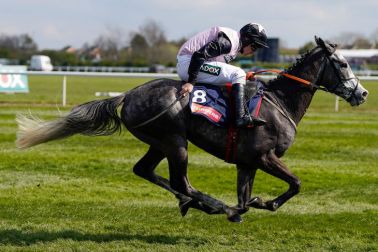What is it about the Lake District? The weather is often filthy, the locals are famously surly (‘sup up and sod off’ reads the sign above the bar) and its lakes are dwarfed by the great waterways of the Alps. And yet I’ve been walking here more times than I can count. From childhood camping trips to grown-up get-aways, from tents and caravans to timeshares, I’ve measured out the holidays of half a lifetime in the Lakes. Its towns are humdrum, its altitudes are modest. So why do I keep coming back?
For me, and countless weekend walkers like me, the main attraction of the Lake District is its artificiality. These bare fells were forested until our forebears cleared them to make fields for sheep. The sheep no longer pay their way, and tourism is taking over. But the Lake District has always been a theme park, ever since Londoners like John Ruskin settled here. A bonsai Scottish Highlands, squeezed into one corner of an English county, its wilderness has been tamed and trammelled by generations of townies. The rural idyll of Beatrix Potter (another Londoner) and Alfred Wainwright (born in Blackburn) is an urban fantasy of what the countryside ought to look like — whimsical, impractical and, to my mind, more beautiful than anywhere else on earth.
For serious hikers (unlike me) the terrain is generally very easy. You can make it harder if you want to, but there’s no earthly need. I’ve done a few tough hikes here (well, tough for me) — up Helvellyn and the like — but from where I’m sitting (in a Lakeland tea shop, usually, eating a big slice of cake) that’s really not the point. Scafell Pike is England’s tallest peak, but it’s easily trumped by Snowden and Ben Nevis.








Comments
Join the debate for just £1 a month
Be part of the conversation with other Spectator readers by getting your first three months for £3.
UNLOCK ACCESS Just £1 a monthAlready a subscriber? Log in